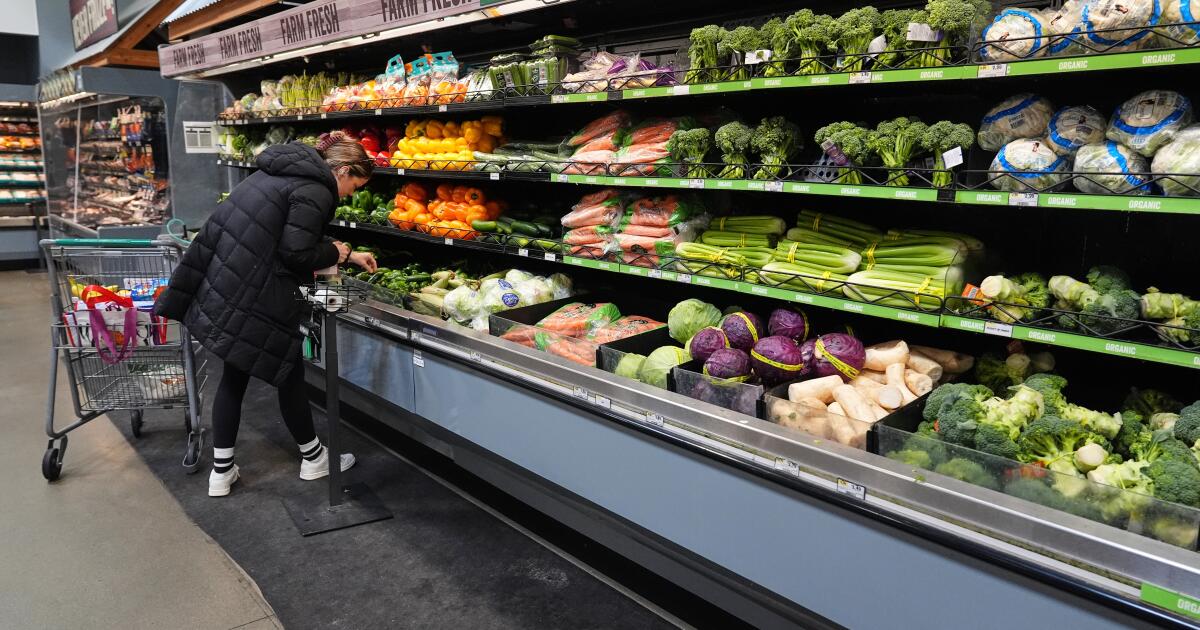Budget airline slashes flights from major UK airport in scramble to cut costs

WIZZ Air is pulling back at Britain’s second-busiest airport as it races to stem rising costs in a Europe-wide shake-up.
The Budapest-based budget carrier will slash flights from Gatwick after deciding it is losing money there, boss József Váradi said.
High operating fees and badly timed departure slots have made Gatwick a drag on performance.
Mr Váradi said: “Gatwick is expensive and we have been operating an inferior set of slots there.
“We think that we can enhance financial performance by operating that capacity from Luton.”
As part of the overhaul, Wizz will start by moving one aircraft from Gatwick to Luton, giving Luton 13 jets and cutting Gatwick’s fleet to seven.
He added: “Circumstances change and you have to take action.
“Whichever bases give you the most profitability, you should be biased toward them.
“That includes moving aircraft over from Gatwick to Luton.”
Gatwick has been near capacity for years, keeping prices high and limiting space for rivals.
A £2.2billion plan to convert an emergency strip into a second runway is expected to double passenger numbers, but not until the 2030s.
Wizz insists it isn’t quitting Gatwick entirely.
Mr Váradi said the base will be “optimised”, adding: “You have to churn your network for profit. We are simply more efficient financially in Luton.”
He dismissed any link to Jet2’s plan to position seven aircraft at Gatwick from next year.
“Gatwick is stuck. It is so set with regard to slots that no newcomer can make any significant difference. Jet2 will be very sub-scale versus the established players,” he said.
The retreat comes as Wizz battles a series of financial shocks.
The airline has been hit hard by the Ukraine war, which has disrupted some of its biggest routes, and a global recall of faulty Pratt & Whitney engines that has grounded up to 45 planes at a time.
Mr Váradi has responded with aggressive cost-cutting.
The carrier shut its Abu Dhabi offshoot in July and is axing its Vienna base because of “airport costs and taxes”.
The shake-up in Austria has already triggered fresh disruption for UK passengers.
Earlier this month Wizz said it would cease operations to Vienna next year after a “strategic review”.
The decision will end two daily Gatwick–Vienna flights, which drop to one over winter, with all services stopping by March 2026.
“We are ceasing operations in Vienna. After a strategic review, we are gradually closing our base in Vienna,” the airline said on X.
Routes to Bilbao and London Gatwick will be pulled on 26 October 2025, with all remaining Vienna flights stopping on 15 March 2026.








